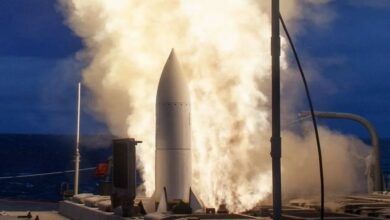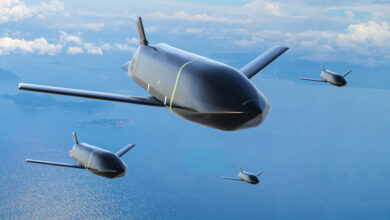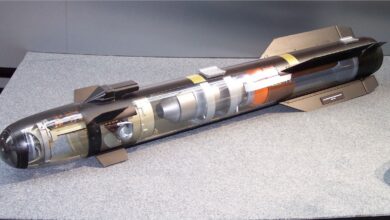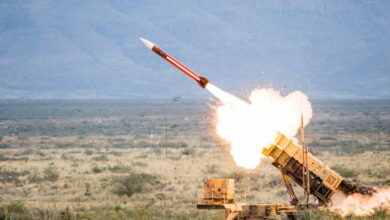India eyes the Raytheon/Kongsberg National Advanced Surface-to-Air Missile System
India’s Ministry of Defence has reportedly approved the acquisition of the latest version of the National Advanced Surface-to-Air Missile System (NASAMS) to boost air defenses in New Delhi.
Defense sources told Jane’s that the purchase of the NASAMS II system – a joint Raytheon and Kongsberg Defence & Aerospace project – was “quietly approved” in early July by India’s Defence Acquisition Council. The number of batteries to be procured via the U.S. Foreign Military Sales program was undisclosed.
Unnamed officials also told The Hindu, The Times of India and The New Indian Express that India is in talks with the U.S. to procure to system.
The acquisition for the Indian Air Force forms part of the Delhi Area Defence Plan which aims to protect the capital against enemy aircraft, cruise missiles and drones, as well as hijacked airliners.
The move comes even as India continues work on its indigenous multi-tier ballistic missile defense system and presses on with plans to acquire the Russian S-400 Truimf air defense system despite the threat of U.S. sanctions. NASAMS is aimed at supplementing the capabilities of those systems.
NASAMS II – a highly adaptable mid-range air defense system
The National Advanced Surface-to-Air Missile System was developed for the Royal Norwegian Air Force by Kongsberg and Raytheon in partnership.
It reached initial operational capability in Norway by 1995 and was fully operational capable by 1998. The updated NASAMS II was operational in 2007.
 It employs the AIM-120 Advanced Medium Range Air-to-Air Missile (AMRAAM) as the primary weapon. It can also fire the RIM-162 Evolved Sea Sparrow Missile, AIM-9X Sidewinder and can be modified to use other weapons including indigeneous missiles.
It employs the AIM-120 Advanced Medium Range Air-to-Air Missile (AMRAAM) as the primary weapon. It can also fire the RIM-162 Evolved Sea Sparrow Missile, AIM-9X Sidewinder and can be modified to use other weapons including indigeneous missiles.
A NASAMS II battery consists of up to 12 missile launchers carrying six missiles each, networked with up to eight AN/MPQ-64 Sentinel X-band 3D radars, MSP 500 electro-optical/infrared (EO/IR) sensor systems and Fire Distribution Centres.
Targets are detected and tracked by a high-resolution, 3D pencil beam radar, while advanced emission control features of the radars minimize the risk of revealing the NASAMS unit’s position.
The FDC conducts identification, threat evaluation and weapon assignment automatically.
NASAMS can also fire using target data provided by external sensors.
NASAMS has been sold to seven countries. It is in service in Norway, Finland, Spain, the Netherlands and one undisclosed country, and has been integrated into the U.S. National Capital Region’s air defense system since 2005. It is currently in production for Oman, and Australia, Indonesia and Lithuania have also signed contracts to procure the system.












One Comment